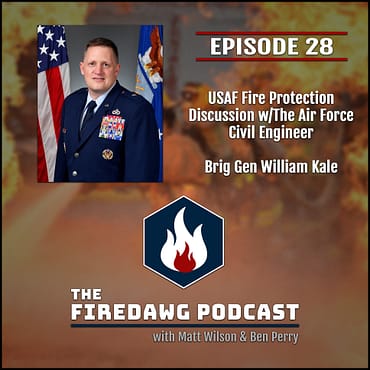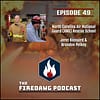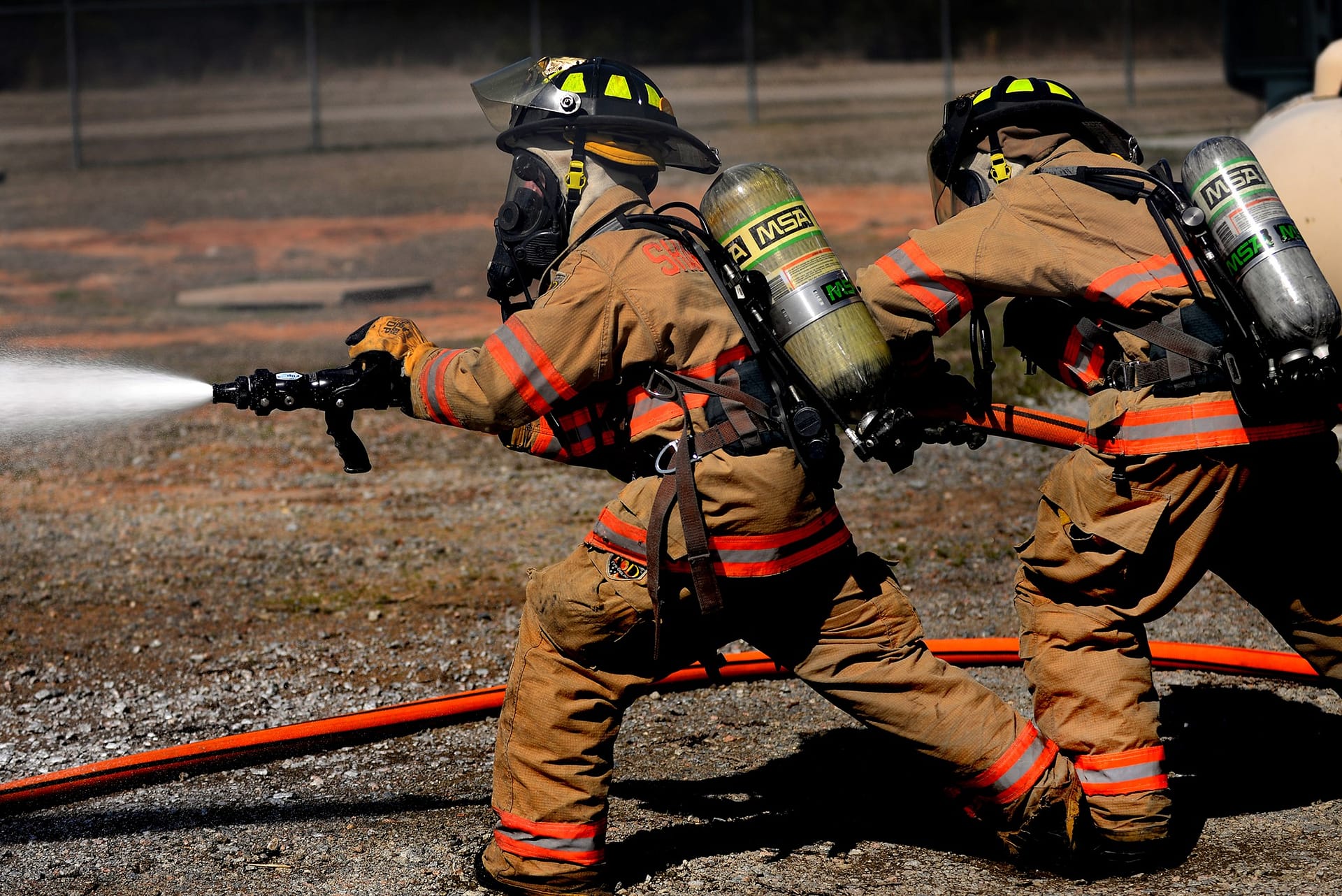Initiatives 1 and 2 of the 16 Firefighter Life Safety Initiatives call for a change in culture and an enhancement of accountability in the American fire service. The following discussion was written by myself for an assignment in a college class. Feel free to share your thoughts and opinions. Do we need a culture shift in the fire service? Can we improve our personal and organizational accountability? Although these questions were first posed in 2004, they are still relevant today and are worth discussing.
Initiative 1 – Cultural Change
Room for Improvement – I believe that there is room for improvement and a need for cultural change related to safety in the fire service. Although I don’t believe that there is an epidemic, I do believe that we have room to improve. The statistics alone provide enough evidence to suggest something must change. According to Pessemier & England (2012), “Firefighter injury and fatality rates in the USA are six times higher than other industrialized nations.” Many will say that firefighting is an inherently risky business (and they’re not wrong) but that doesn’t mean we should abandon safety. There are small efforts each of us can make at every level in the hierarchy to improve our safety culture. In my opinion, it starts at the granular level. For example, back the apparatus into the stall safely and properly, make sure your helmet is buckled every time, always have a spotter when climbing a ladder, thoroughly check your equipment, and never deviate from these standards! When we do deviate and nothing bad happens, the behaviors become normalized. According to the White Paper Series on the 16 Firefighter Life Safety Initiatives, “almost every serious injury event is preceded by hundreds of unsafe behaviors which led to it.” If unsafe behavior is repeated enough, there will eventually be a mishap. If each individual at every level of the hierarchy internalizes the idea of not deviating from safety standards, we will change our safety culture for the better.
Cultural Shift – Before we answer whether we need a cultural shift, we must first see if there are gaps that exist between safety and the current climate in emergency services. I mentioned that there is room for improvement and that we have a higher rate of fatality and injury in the US but why is that? First and foremost, there is an expectation of the community that we will solve their problems no matter what. We take pride in that responsibility and often justify risky behaviors. Firefighters involved in line of duty mishaps often “refer to either public or organizational expectations of selfless heroism” when justifying their actions (International Association of Fire Chiefs [IAFC], 2015). Thus, we will cut corners when necessary if there is a potential to save a life. In my opinion, this risk-taking culture transfers to our day to day routine tasks (i.e. backing apparatus, wearing PPE properly). There are gaps that exist and, as I mentioned in the first paragraph, those gaps can be closed by changing our safety culture and not deviating from safety standards.
Tradition & Culture – If we change our safety culture, will we lose some tradition? That is an important question to answer. After all, it is tradition that instills pride and attracts many of us to the job. My answer is simple: we can change our safety culture and still maintain tradition. Does that mean it’s ok to charge into a building with no SCBA and only an ax, a helmet, and your mustache? No. I would challenge everyone to look beyond the aesthetics of the job. Does having a traditional style helmet or black bunker gear make us better firefighters? Does it help us provide a better service to the community? Our pride and tradition should come from our proficiency on the fire ground and our ability to help the community and not so much on how we look while doing something. If we practice safety in everything, that will make us better servants to the community and thus maintain our tradition.
Initiative 2 – Accountability
Personal Accountability – In my opinion, personal accountability is taking ownership in all things. When you’re first assigned to a Fire Station, it is your responsibility to learn the operating procedures, equipment, and things pertinent to your job. This, of course, includes all things related to health and safety. Each person in the organization has a personal responsibility to abide by and enforce health and safety standards. If you see something unsafe, address it. This may be challenging for the newly assigned firefighter. He is probably not going to tell his Captain, “Sir, you shouldn’t do that.” This is where I suggest you take personal accountability to the next level. You are now responsible for addressing the Captain in a respectful and non-threatening way in an effort to stop the deviant behavior. “Captain, is there a reason we do [it] this way?” or “Is there another way to approach it?” A good Captain should know the right way to do things and should encourage their subordinates to speak up when something is unsafe. I’m not suggesting that this will work every time but it is each of our responsibilities to address it.
Bravery & Accountability – Bravery without accountability is reckless. Don’t get me wrong, I commend anyone willing to risk their lives to save another but it is reckless when procedures aren’t followed. Line of duty fatalities and injuries have long-lasting consequences. They affect your family, your co-workers, and the community. If we are reckless in the name of bravery and something goes wrong, there are many who will have to bear the consequence. Furthermore, if leaders don’t address the deviant behavior, they set a precedent for future recklessness. All leaders should encourage continual training. Train often on the basics and in difficult circumstances. This is how we stay competent, accountable, and brave.
Organization Accountability – Advantages of organizational accountability are endless. When an organization collectively holds everyone accountable, it communicates what is acceptable and what is not. In my experience, the Chief officers can set the organizational tone. How many times have you heard, “this is the way Chief wants it.”? This seems to hold more weight than anything. Thus, if the Chief Officers get on the same page, write sound policies and enforce those policies, it will create a component, safe, and accountable team. You’ll find that the Company Officers, Engineers, and Firefighters will echo the “Chiefs policies” and thus create a healthy culture. Organizational accountability is where the culture starts and maybe the most important element.
References:
International Association of Fire Chiefs [IAFC]. (2015). National Safety Culture Change Initiative: Study of Behavioral Motivation on Reduction of Risk-Taking Behaviors in the Fire and Emergency Service.
Pessemier, W. L., & England, R. E. (2012). Safety culture in the US fire service: An empirical definition. International Journal of Emergency Services, 1(1), 10-28. doi:http://dx.doi.org.ezproxy1.apus.edu/10.1108/20470891211239290
White Paper Series on the 16 Firefighter Life Safety Initiatives: Initiative 1.









Post comments (0)